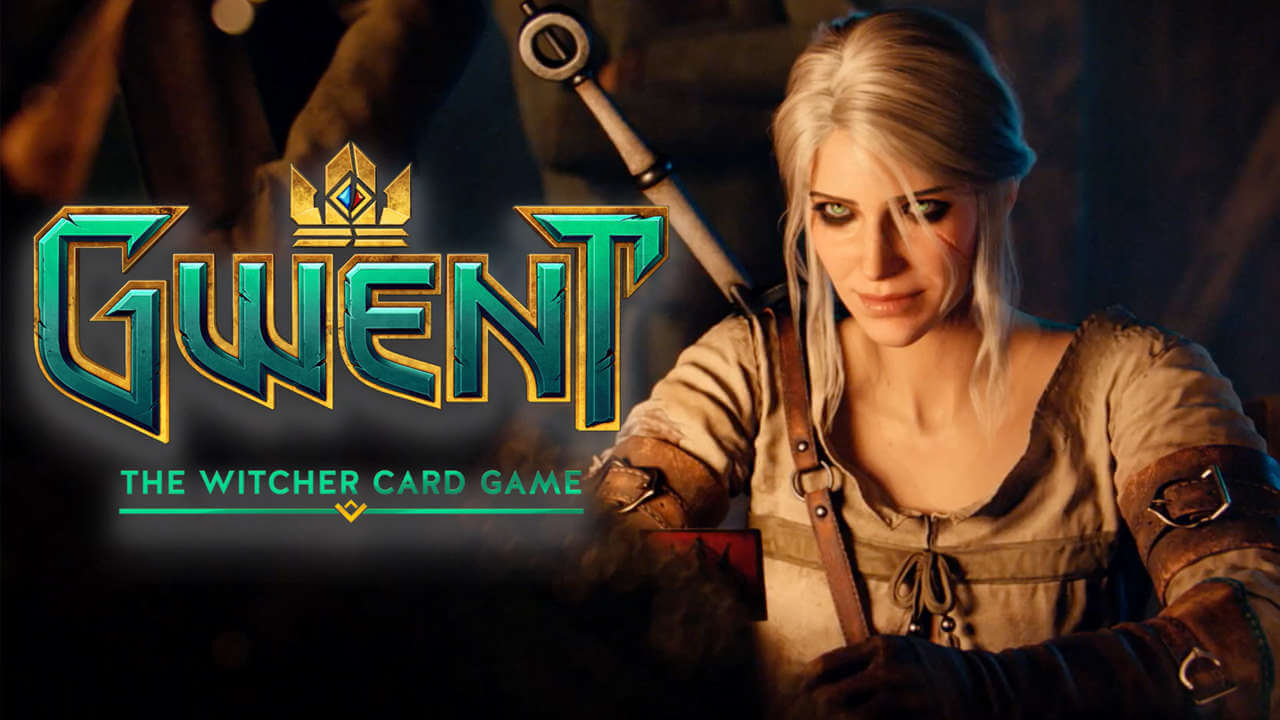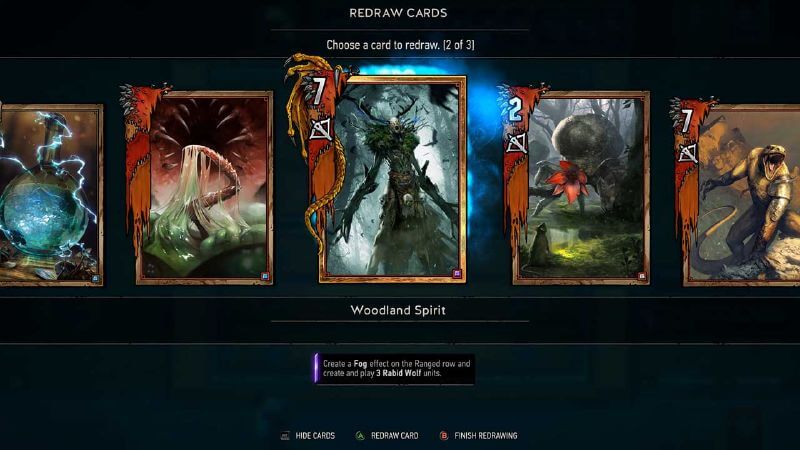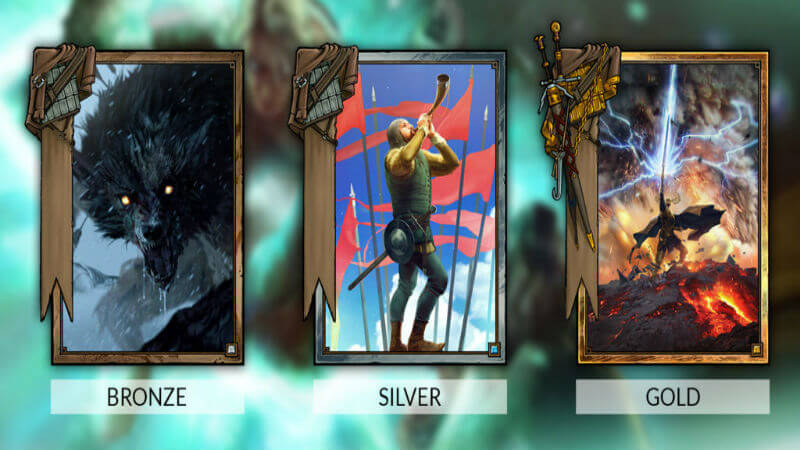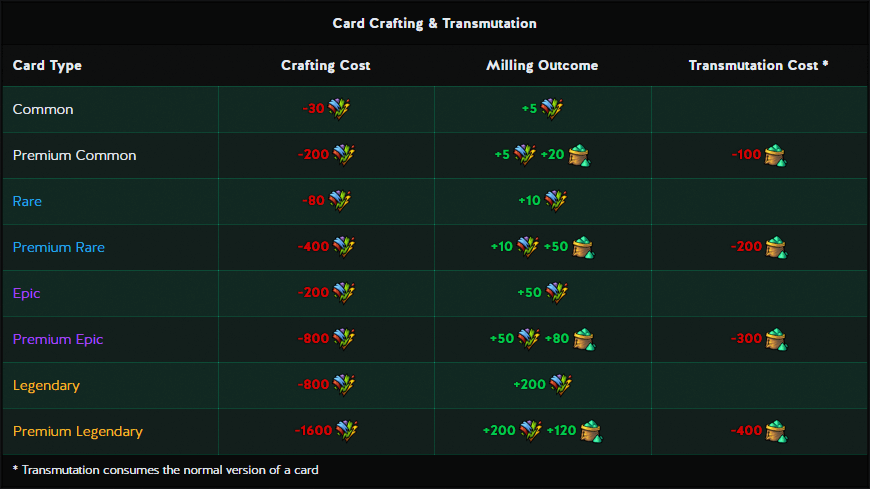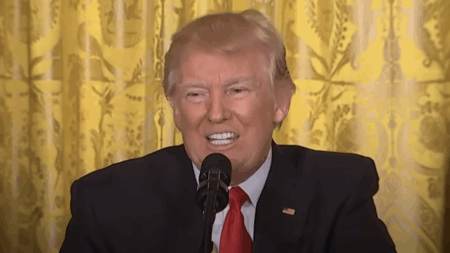When CD Projekt Red announced that The Witcher 3’s popular in game card game GWENT would be receiving its own full release, many questioned whether the base game merited its own individual title. After playing the part of the closed beta and over a week’s worth of the open beta I can honestly say that while the card game’s structure follows the same formula, GWENT has added a hell of a lot of new features that work really well.
Before I begin, I think it’s important to look at how the upcoming spinoff may compare to other cards in the genre. The card game scene has seen a bit of a surge in recent years following the release of World of Warcraft’s Hearthstone back in 2014. GWENT certainly took a lot of inspiration from the Warcraft spinoff, and likely wouldn’t have been able to find an avenue to become its own game without it, but is unique enough in its own right that it will likely be able to compete with Hearthstone upon its release.
So like I said, anyone who has played in The Witcher 3 will feel at home at the beginning, as the board looks the same and many of the leaders are as well. But it doesn’t take long before unraveling how new mechanics there are, and how attacking, armor, and resiliency can change the tide of a battle.
All of the prominent leaders from the original return, but new leaders like Dagon and Unseen Elder bring powerful abilities that trump powerhouses like the Northern Realms in The Witcher 3. Most of that comes from the new deck building ability, which allowed me to combine any card regardless of factions into one deck and chose any unlocked leader.
Like the original GWENT, there are benefits to stacking the deck predominantly with monsters if your leader or other cards contain monster oriented perks, like the Wild Hunts ability to spawn other members to the field immediately if in the player’s deck.
Unlike the first game though, almost every card in the stand-alone release has a special ability that could be of importance. The joke card that was the Cow is currently one of the most powerful cards in the game if kept on the board, as it spawns level 10 chorts for every turn it’s on the field for as many chorts that are in the deck.
The tier system also see’s an interesting adjustment, dividing into the standard system of Bronze, Silver, and Gold. Like in the original, gold cards still reign supreme, but can be negated far more easily if carrying Dimeritium Shackles in your hand.
The shackles, which demote Gold level cards thus making them susceptible to effects and special cards, are just one of the many additions to the special card department as well. Making up the new list of cards, simply to name a few, are potions we know well from The Witcher 3 like Thunderbolt and Swallow. Even Witcher signs like Quen have been given their own cards, with the others probably coming soon (or I’ve just yet to unlock them).
A large part of the issues with the previous GWENT was in regards to balancing, which will be considerably important now that it won’t just be against A.I opponents. For the most part, the stand alone has all but eliminated a lot of the main issues, making Spy cards far less predominant and OP. They have added some interesting advantages that limited things in the previous installment as well though, most notably making whether cards effect only the opposing team’s row.
Like most recent multiplayer-oriented games, GWENT adds a loot box system known as card kegs as a means of unlocking more powerful and rare cards. Like any game, there will be pay to win players that will spend money to buy the kegs, but there is also in game currency as well that is rewarded upon winning matches or reaching specific milestones.
The most interesting part of the whole system is that each Keg contains five cards, the first four being randomly generated, with the cards you see being the cards you get. But the final card, which is usually rarer, allowed me to pick which one I wanted to keep and discard the others. A simple mechanic but a neat one to say the least.
Another unique addition is the ability to transmute cards. Transmutations are well known from The Witcher 3, as they grant Geralt heightened abilities and stats, and they will now do the same for cards when applied to them. While I don’t have much experience with it, as meteorite powder is much more difficult to earn currently than ore for card kegs, its a unique way to differentiate cards that opponents may own, as despite being the same card, one may be more powerful than the other through transmutation.
I haven’t played entirely too much matchmaking, as single player is just as fun, but the little that I have has been fluid and balanced in most of the areas. For the most part, I ran the monster deck lead by Eeredin, wreaking havoc with biting frost and numerous Wild Hunt members, attacking and stacking cards to improve other members on my side.
So far I have had a fantastic time playing and have been blown away by just how fluidly the additions to the base game have been implemented. For me, GWENT will be a day one purchase.
Have you played the open beta yourself? If so what do you think of the changes? Be sure to comment below, and don’t forget to check back to the site for updates as well as all of your other Nerdy News and Needs.
If you’re interested in signing up, head over to GWENT’s homepage and see just how good it is for yourself!

